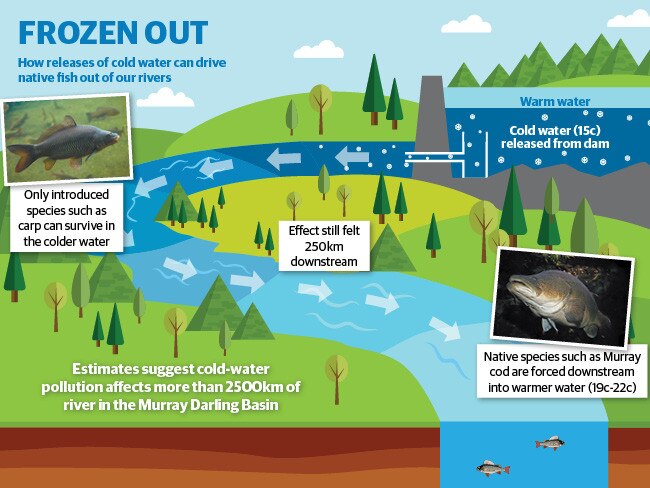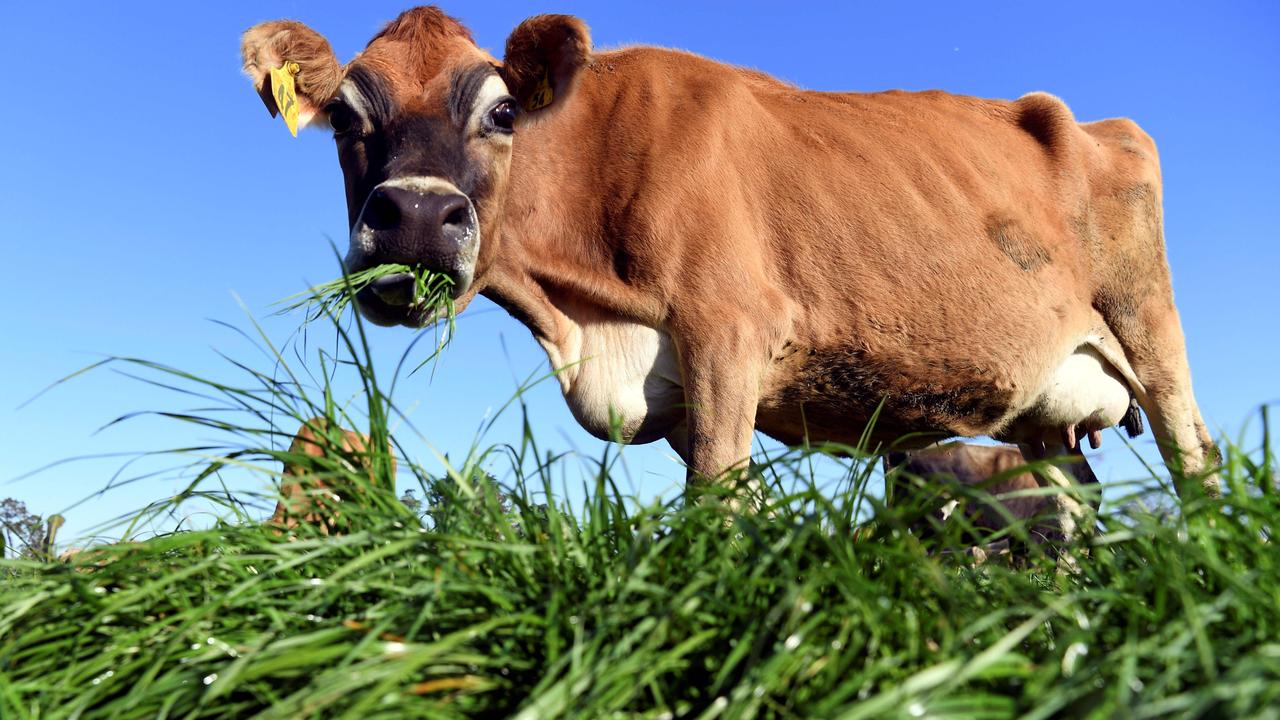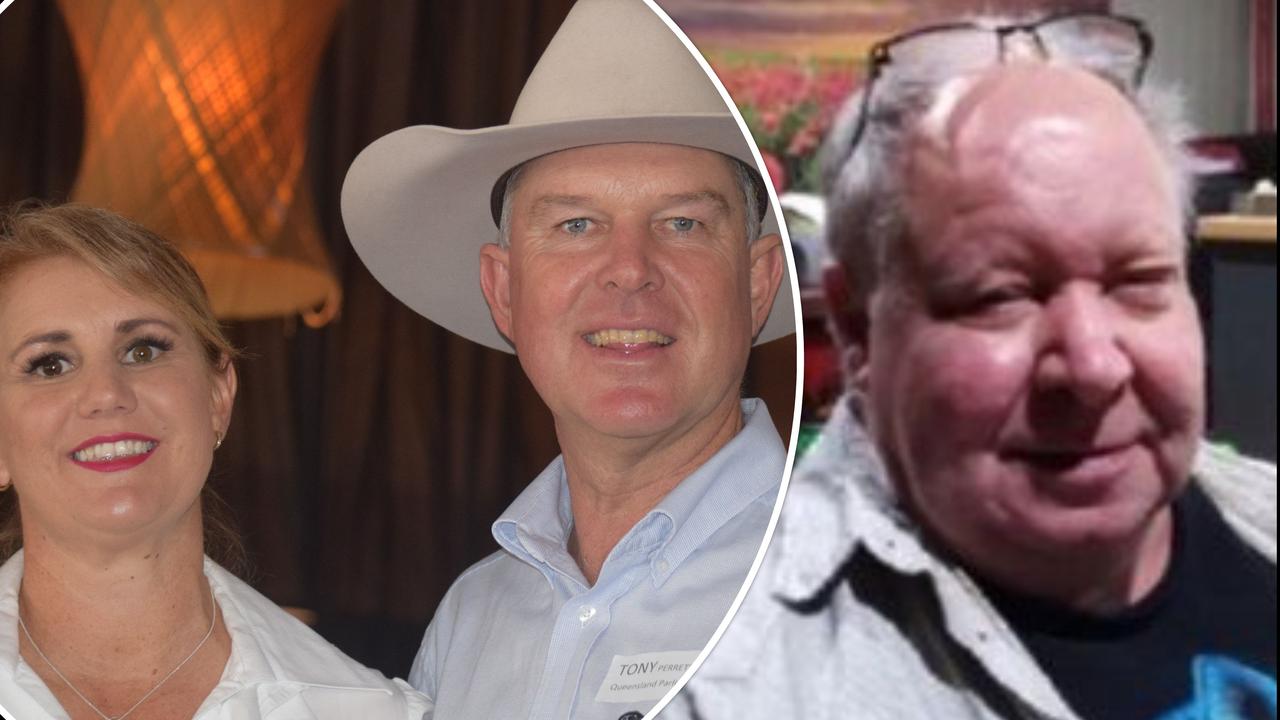Cold-water pollution driving native fish out of Murray Darling Basin
AUSTRALIA’S $13 billion investment in the recovery of the Murray Darling Basin has been stifled by the failure of governments to invest in curbing cold-water pollution that has driven native fish out of 2500km of its waterways.
AUSTRALIA’S $13 billion investment in the recovery of the Murray Darling Basin has been stifled by the failure of governments to invest in curbing cold-water pollution that has driven native fish out of 2500km of its waterways.
For more than 20 years researchers have called for action on the release of cold water from the depths of the basin’s big dams, which forms icy plumes that can stretch for more than 250km, freezing out native fish.
Researchers have discovered cold-water plumes drive silver perch, catfish, Murray cod and many other native species from large stretches of the basin’s rivers.
Fisheries NSW Senior Conservation Officer Allan Lugg said the cold-water plumes not only drove native fish out of these areas, but killed the eggs and larvae of any that attempted to breed, giving more cold-tolerant introduced species, such as carp and redfin, a huge advantage.

In one of their key research papers Mr Lugg and colleague Craig Copeland warned: “Paradoxically, the release of environmental water from large impoundments (dams) to restore floodplain wetlands may prove to be a hindrance to the recovery of native fish communities in river channels if cold-water pollution is not addressed and fish survival, growth, spawning and recruitment continues to be adversely impacted by unnaturally low water temperatures.”
So far, researchers have identified 24 dams in the Victorian share of the basin that cause cold-water pollution, nine in NSW and about eight in the ACT and Queensland.
Mr Lugg said while dam outlets varied in design, most tapped into the depths of the dam, where temperatures were at 15C — well below the 19C-22C native fish need in late spring and summer to breed. He said a simple way to minimise cold-water pollution was to invest $3 million in a “thermal curtain” around the dam’s outlet to warm the water.
But only one curtain has been built, on the Macquarie River’s Burrendong Dam, allowing warmer water to be released.
NSW Irrigators’ Council chief executive Tom Chesson said the Murray-Darling Basin Authority, and the Ministerial Council that oversaw it, were failing to invest in curbing the cold-water pollution.
“It makes my blood boil to think we’re spending $13 billion on the Basin Plan, but nothing on a problem that has been responsible for localised extinctions of our native fish since the 1950s (when many dams were built),” he said.
The Murray-Darling Basin Plan sets out a range of water temperature targets, but the states responsible for meeting the targets are yet to invest in offsetting the impacts of cold-water pollution.
Victorian Water Minister Lisa Neville said the Government recognised the potential effects cold-water releases could have on the health of waterways.
“Following the MinCo meeting in April, basin ministers asked the Murray-Darling Basin Authority and basin officials to consider a wide range of measures including mitigating the effects of cold-water releases,” Ms Neville said.
Mr Chesson called on MDB Ministerial Council members to get on with curbing cold-water pollution and not just focus on taking huge water volumes from basin communities.


